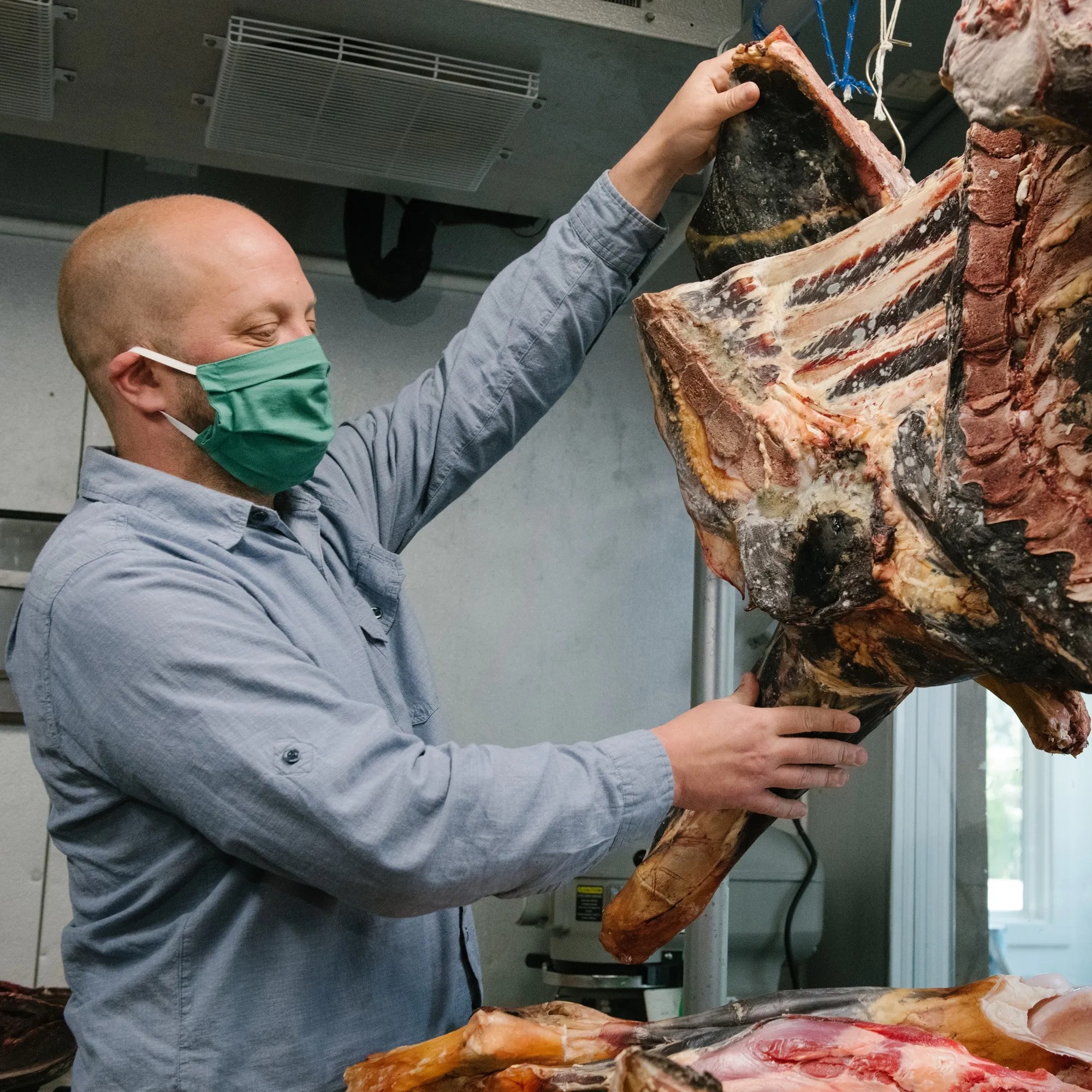
Is Herd Butchery a Sustainable Practice?
admin
- 0
Herd butchery, the practice of slaughtering multiple animals from a single herd at once, raises important questions about sustainability in modern agriculture. Sustainability involves balancing environmental health, economic viability, and social responsibility to ensure resources remain available for future generations. Evaluating whether herd butchery aligns with these principles requires examining its impacts on ecosystems, animal welfare, local economies, and community traditions.
From an environmental perspective, herd butchery can have both positive and negative effects depending on how it is managed. On one hand, processing animals in bulk may reduce transportation emissions if done locally rather than shipping individual animals long distances to various facilities. This consolidation can lower fuel consumption and carbon footprints associated with meat production. Additionally, when integrated into rotational grazing systems or regenerative farming practices, managing herds thoughtfully before butchering may contribute to soil health by preventing overgrazing and promoting natural nutrient cycling.
Conversely, unsustainable HERD butchery often results from industrial-scale operations that prioritize quantity over quality or ecosystem balance. Large-scale culling without regard for pasture regeneration or biodiversity can lead to land degradation and loss of habitat for wildlife species dependent on diverse plant communities. Moreover, rapid turnover of livestock populations might increase greenhouse gas emissions due to intensified feed production and manure management challenges.
Animal welfare is another critical factor influencing sustainability assessments of herd butchery. Ethical considerations demand minimizing stress and suffering during handling and slaughter processes. When conducted responsibly within smaller herds by skilled farmers or processors familiar with humane techniques, the practice can align well with animal welfare standards. However, mass slaughter events carried out hastily or without adequate care risk compromising the physical wellbeing of animals involved.
Economically speaking, herd butchery offers potential benefits for small-scale farmers seeking efficient ways to market their products while reducing processing costs per unit of meat produced. Bulk processing enables better utilization of carcasses through whole-animal use strategies that maximize value across cuts rather than focusing solely on prime cuts favored by supermarkets. This approach supports diversified income streams such as selling organ meats or specialty products directly to consumers interested in sustainable food sourcing.
Socially and culturally, herd butchery holds significance in many rural communities where traditional knowledge governs livestock management cycles tied closely to seasonal rhythms and communal sharing practices. Maintaining these customs fosters resilience against market fluctuations driven by global supply chains dominated by large agribusinesses less invested in localized stewardship efforts.
In conclusion, whether herd butchery constitutes a sustainable practice depends greatly on context-specific factors including scale of operation, adherence to ecological principles guiding land use decisions; commitment to humane treatment protocols; integration within circular economy models emphasizing waste reduction; support for local economies through direct farmer-to-consumer relationships; preservation of cultural heritage linked with livestock husbandry traditions; overall transparency throughout supply chains ensuring accountability toward environmental goals-all contributing toward a holistic vision where food production nurtures rather than depletes planetary resources over time.

